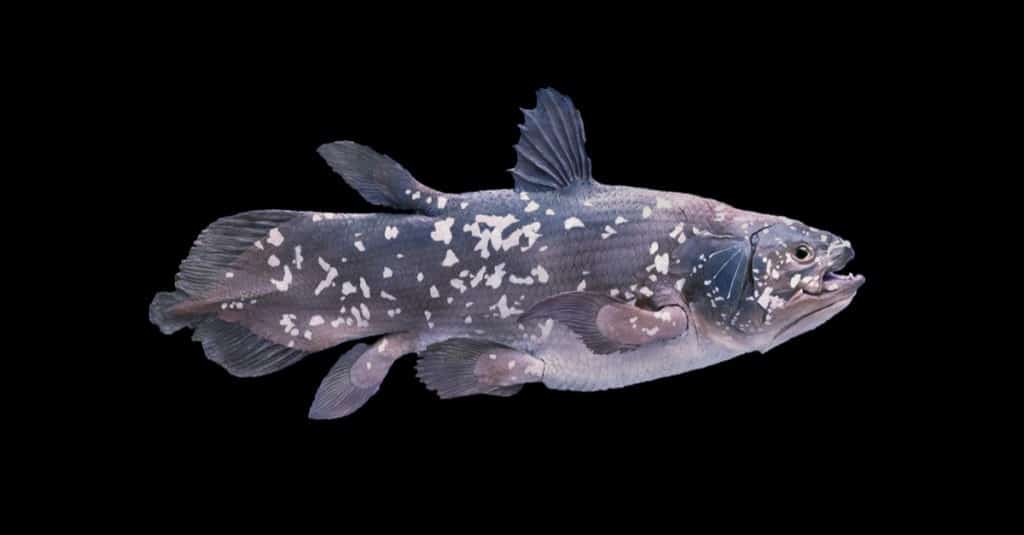
Coelacanths are living fossils because they have no living relatives alive today.
©AlessandroZocc/Shutterstock.com
Nature is an amazing process of adapting animals to fit a specific environmental niche. With certain abilities, these animals adapt and evolve into creatures suitable to fulfill their niche and survive in the wild. Some animals continue evolving and changing for hundreds of years, while some animals reach perfection and remain the same.
These animals have lived the same way for thousands of years because nature considered them ideal for their environment, with no further need for change. These “living fossils,” are a scientific dream to study because their habits provide humanity a glimpse of life in ancient times.
This article discusses the world’s living fossils, along with the ones living in North America today.
What Are Living Fossils?
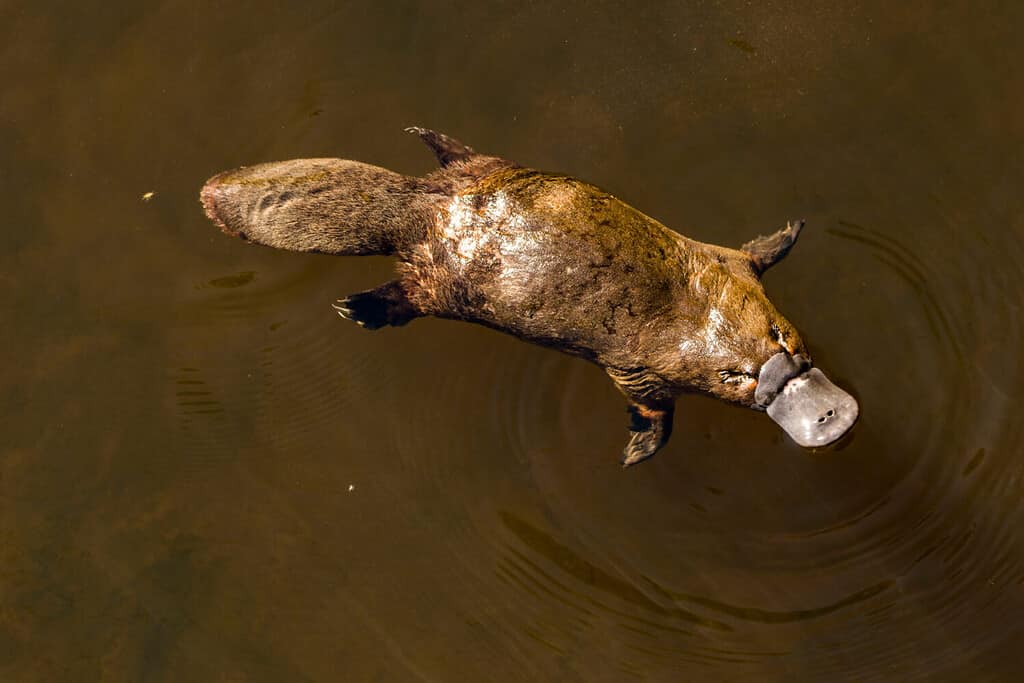
Only living in Australia, the
platypus
is one of four living fossil mammals that can lay eggs.
©Lukas_Vejrik/Shutterstock.com
First, a living fossil is a living species that looks cosmetically the same or nearly identical to fossil records of the same or similar species. Basically, the animal looks almost the same as their ancestors, which means they have not evolved in years.
For something to be considered a living fossil, it has to fit three criteria.
- Members of a taxon (classified group) must resemble the fossil records over a long period of time.
- There must be little physical divergence from early members to the present species.
- There is little divergence or evolution from the ancient taxonomic group.
Living Fossils in North America
The idea of any animal not having evolved for millions of years may seem unlikely, but there are a surprising number of living fossils across North America. These animals are protected by environmental laws to prevent over-poaching to keep their lineage and populations stable.
Virginia Opossum
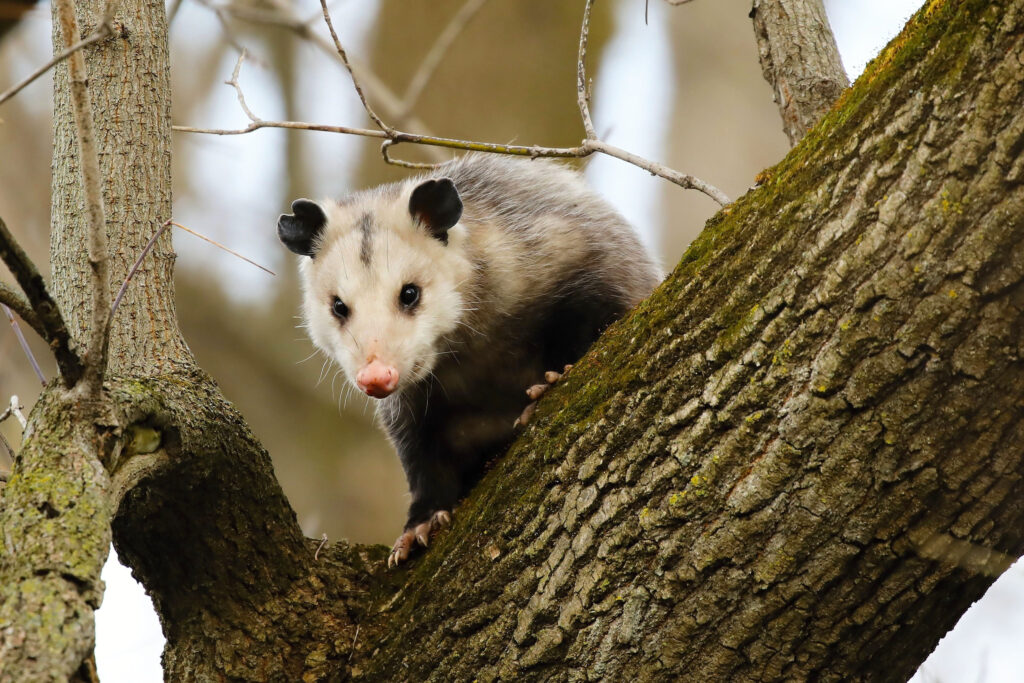
In certain states, people may own an opossum because they are so frequent in the area.
©Karel Bock/Shutterstock.com
The Virginia opossum is the oldest and only living marsupial in North America. They have notoriously short lifespans for a small to medium-sized mammal, living only two to three years in the wild, or six to eight years in captivity.
Virginia opossums are found across North American woodlands near sources of freshwater. This makes it easy for them to feed on insects, worms, amphibians, birds, bird eggs, fruits, reptiles, and carrion (dead animal carcasses).
The earliest known fossil record of opossums dates back 23-14 million years ago to the early Miocene Era. Other records indicate opossums evolved from a similar mammal 145-66 million years ago in the late Cretaceous Period.
Mountain Beaver
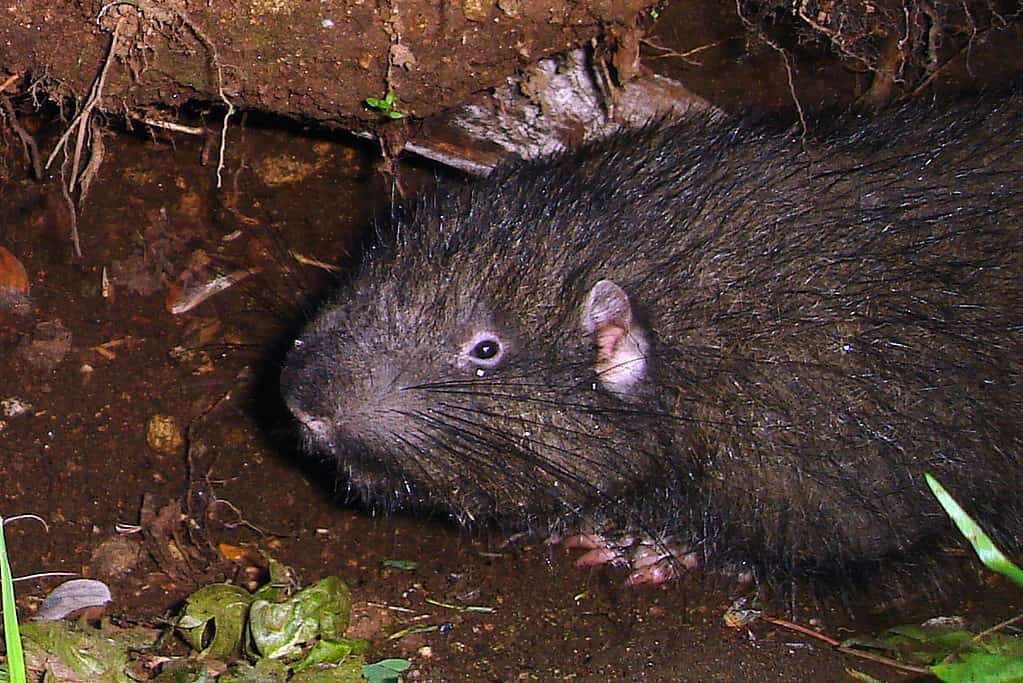
Mountain beavers share their name with beavers for their similar appearance and fondness for wood.
©Jacob Kirkland/Flickr – License
Aplodontia rufa, the North American mountain beaver, is technically not a beaver. They are more closely related to squirrels, but their chubby bodies and tenacity to chew wood classified them as beavers.
Mountain beavers live about six years in the wild. As their name suggests, they live in mountainous regions in California, Washington state, and Oregon. They have also been sighted near the coastlines. They eat assorted herbs, shoots, plants, ferns, and tree saplings, but balance their diet with fecal pellets from other animals.
Early fossil records indicate they are related to an extinct woodchuck that lived in the early Miocene era.
Pelicans
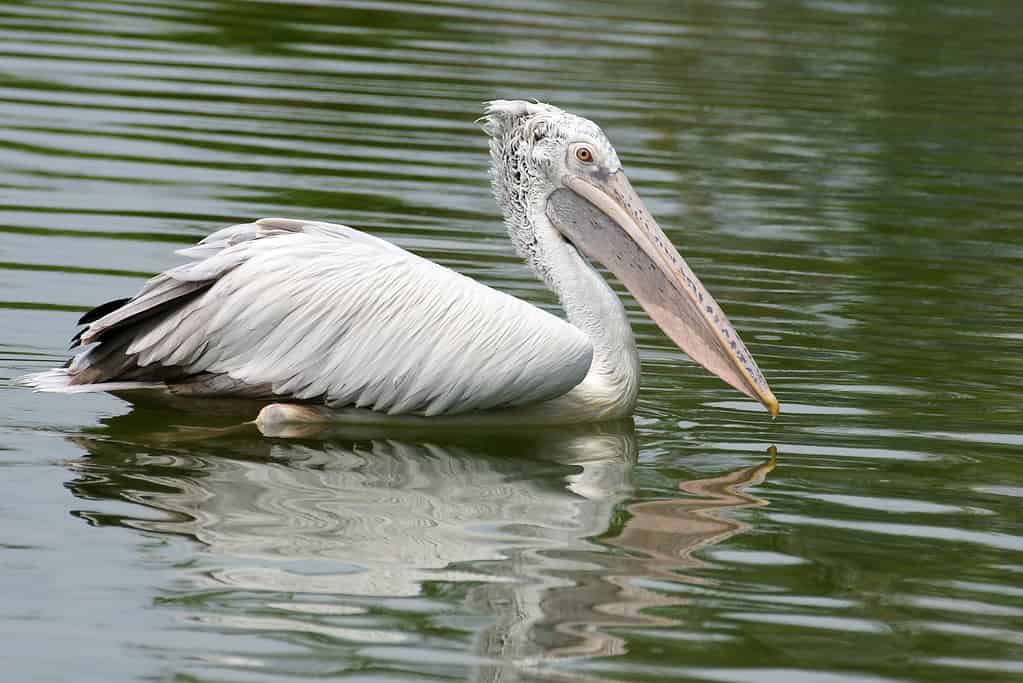
If food is scarce, pelicans will eat other birds.
©iStock.com/dangdumrong
Believe it or not, pelicans count as living fossils since they have no known relatives alive today. This makes sense, considering how well they stand out among other bird species.
Pelicans, or Pelecanus, have a lifespan of 15-25 years. They live near coastal beaches in the Atlantic Ocean, Pacific Ocean, and Gulf coasts, as well as some lagoons across the country. They primarily eat fish but will also consume amphibians, turtles, crustaceans, and insects. When food is scarce, scientists report seeing pelicans eating other birds.
According to fossil records, pelicans have been living on Earth for nearly 30 million years.
Sandhill Cranes
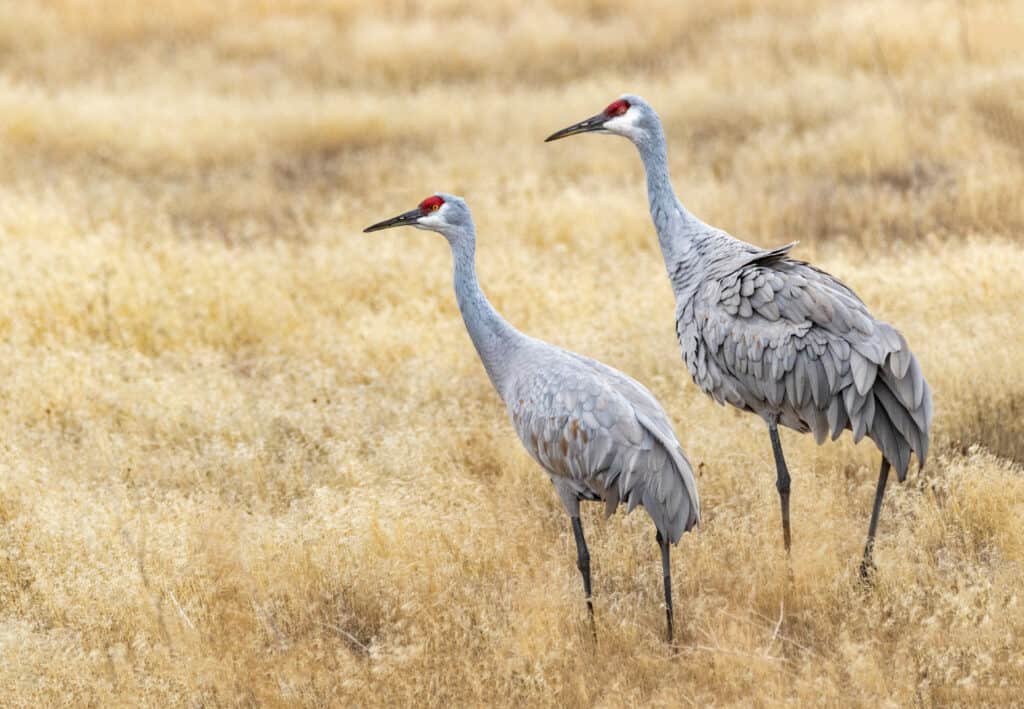
The earliest fossil records of sandhill cranes date back 2.5 million years ago.
©Michael Chatt/Shutterstock.com
Sandhill cranes (Antigone canadensis) are majestic birds that are well known for performing beautiful dances to attract mates and communicate. They stretch their wings, bow their heads, and leap in the air with their long legs in a beautiful display of balance and grace.
Sandhill cranes are around 3-4 feet tall, with a wingspan of nearly 6 feet across. To sustain their large size, they have a healthy appetite for insects, roots of water plants, rodents, snails, amphibians, reptiles, berries, and seeds. They love living in marshes, bogs, and prairies where access to prey is easy.
The earliest fossil records of sandhill cranes date back 2.5 million years ago. Preserved fossil remains were found in the Macasphalt Shell Pit in Florida.
Common Snapping Turtles
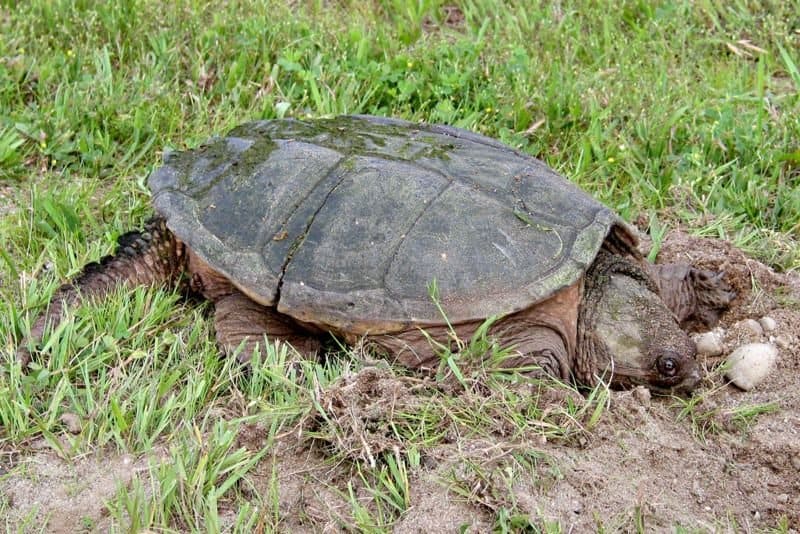
The common snapping turtle has a bite force of 209 newtons, making it capable of breaking bone.
Many turtles have survived extinction-level events and lived to metaphorically tell the tale of how life has changed. The snapping turtle is one of those animals that still has its prehistoric edge while thriving in modern day.
The common snapping turtle, scientifically known as Chelydra serpentina, is a long-lived species, capable of surviving nearly 40 years or longer. They inhabit freshwater lakes, marshes, and nearly all sources of freshwater across North America. Some are capable of living in brackish environments. They use their powerful jaws to catch fish, insects, spiders, amphibians, smaller turtles, birds, and small mammal carrion.
Fossil records indicate common snapping turtles have not evolved since the late Cretaceous era.
American Alligators and Crocodiles
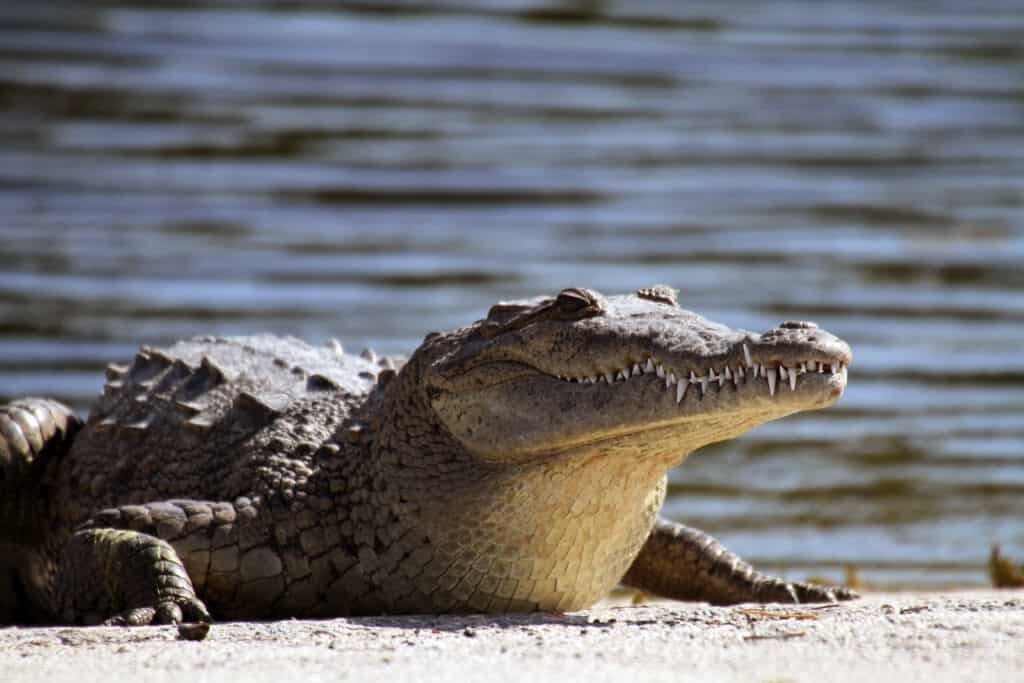
The American crocodile’s upper and lower teeth are exposed when its mouth is closed.
©iStock.com/GriffinGillespie
Let’s be clear, alligators and crocodiles are not the same thing. They have very distinct features and habits which make them separate species.
For a quick difference comparison:
| Alligators | Crocodiles |
|---|---|
| Lives in freshwater (swamps, marshes, lakes) | Lives in saltwater or brackish water |
| Lifespan: 30-50 years | Lifespan: 50-70 years |
| Teeth of upper jaw seen when jaw shut | Upper and lower teeth seen when jaw shut |
| Broad snout | Pointed snout |
Both have similar habits of ambushing prey by camouflaging in water and love to prey on small mammals, birds, frogs, turtles, and fish.
Fossilized skulls of these animals date back 2.5 million years ago, making them younger than the alligator snapping turtle. However, scientists debate if alligators and crocodiles count as living fossils because there might have been some divergence later.
However, for the purposes of this article, they count as living fossils because they fit the two other categories of little physical divergence from early members and little taxonomic diversity between the groups.
Leatherback Sea Turtles
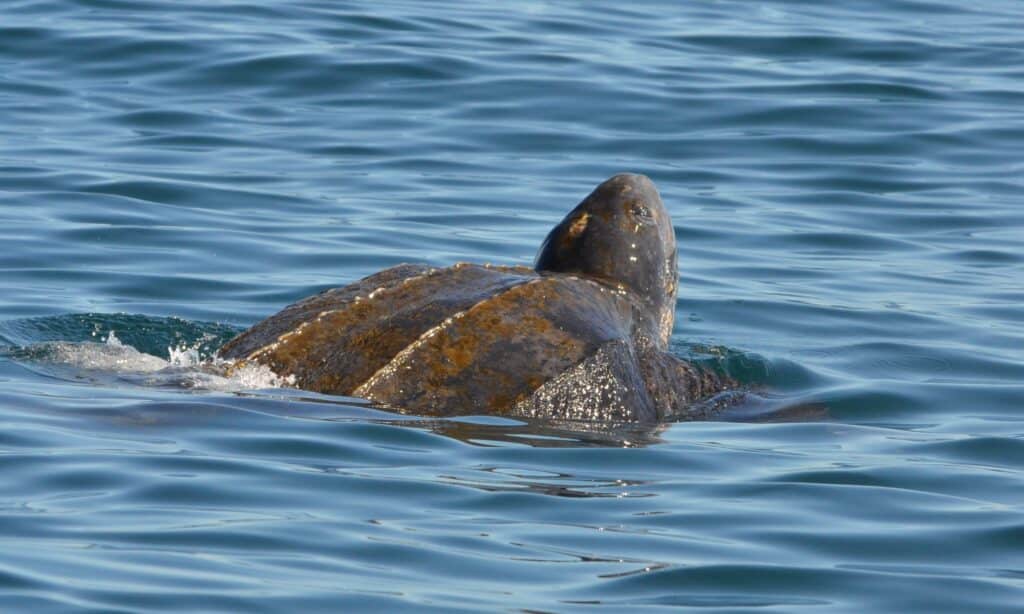
Leatherback sea turtles are the heaviest non-crocodilian reptiles weighing 1100 pounds.
©iStock.com/jtstewartphoto
The leatherback sea turtle (Dermochelys coriacea) is the largest turtle in the world. Not to be confused with a tortoise, which has feet instead of flippers, the leatherback sea turtle swims across the Atlantic Ocean, Pacific Ocean, and all the tropical waters in the world. They gently glide through the ocean, feeding on jellyfish, squid, fish, algae, seaweed, and assorted crustaceans.
Fossil records indicate leatherback sea turtles date from the early Cretaceous Period to the Pliocene Era (5.4-2.4 million years ago).
Hellbender Salamanders
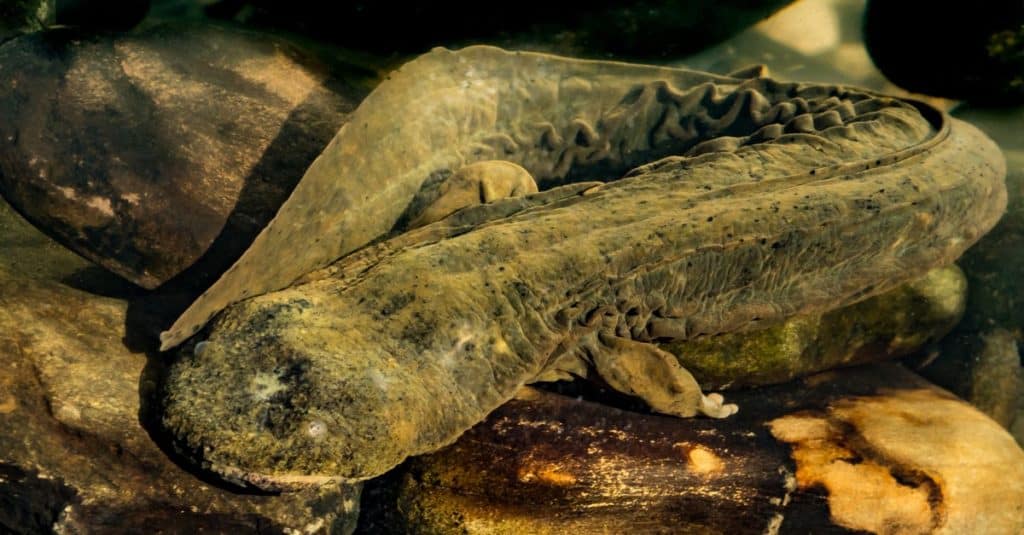
The eastern hellbender
salamander
is larger than the Ozark hellbender salamander.
©Jay Ondreicka/Shutterstock.com
Hellbender salamanders, or Cryptobranchus alleganiensis, are the largest salamander species in North America. They can reach 12-29 inches and weigh nearly five pounds. These amphibians absorb 95% of their oxygen through their skin folds and wrinkles.
Hellbender salamanders live for approximately 30 years on a diet of crayfish, insects, earthworms, snails, fish eggs, tadpoles, and other salamander eggs. To keep their skin moist, they live near fast-moving streams in the Ozarks and the Appalachian Mountains. Fossil records indicate hellbender salamanders have not evolved in 160 million years.
Lake Sturgeon
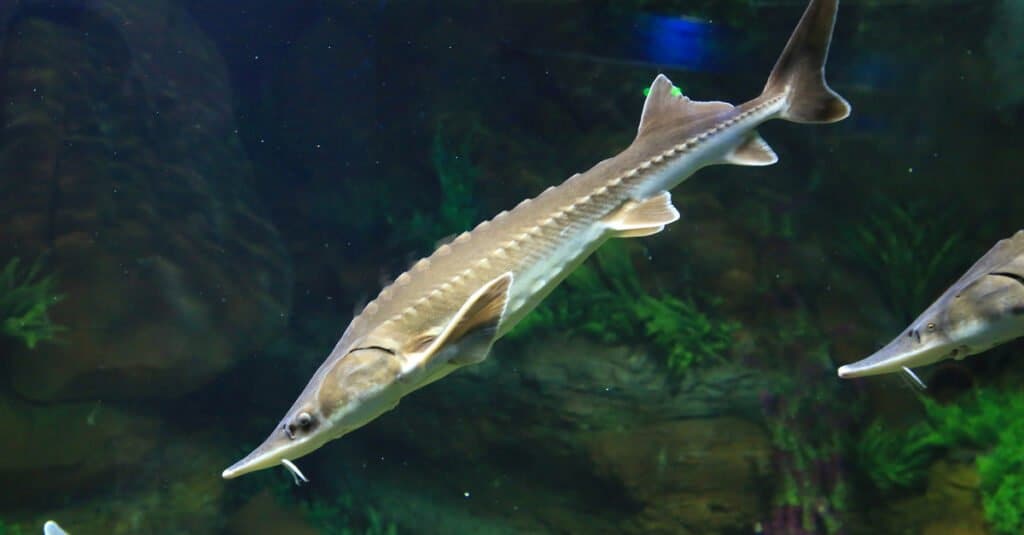
Conservation efforts aim to protect lake
sturgeon
from extinction.
©Geermy/Shutterstock.com
The lake sturgeon (Acipenser fulvescens) is the oldest and largest fish living in the North American Great Lakes. These massive fish can reach 6 feet long and weigh nearly 200 pounds. A record lake sturgeon weighed nearly 300 pounds!
These prehistoric fish swim along the bottom of freshwater lakes and rivers, feeding on mussels, snails, small fish, crustaceans, and assorted macroinvertebrates like silverfish, mosquitos, and hornets. A healthy lake sturgeon can live 55-150 years.
Fossil records show lake sturgeon have not evolved for 245-208 million years, making them residents of the Triassic Period. Unfortunately, they are currently endangered and vulnerable due to overfishing, slow reproduction cycles, and habitat destruction.
Frilled Sharks

Frilled sharks can reach 7 feet long, making them surprising and frightening to catch while fishing.
©iStock.com/3dsam79
The frilled shark or eel shark is a unique shark species that looks more similar to an eel than a shark. Their serpentine bodies and long gills can make many fishers and sailors uneasy. It is entirely possible these fish could be mistaken for sea serpents, like Tiamat or Jormungandr, by someone unaware of their existence.
Reaching 7 feet long, the frilled shark can live for 25 years in the deep oceans. They rarely contact humans, preferring to stay at depths of 1,640-3,280 feet, with some living 4,900 feet down. At these depths, they feed on squid, fish, and small sharks.
Fossil records indicate frilled sharks first appeared in the Late Cretaceous period and Late Jurassic period (150 million years ago).
Horseshoe Crab

Horseshoe crabs are living fossils that are common to see washed up on beaches.
©Ilya D. Gridnev/Shutterstock.com
Atlantic horseshoe crab (Limulus polyphemu) are not technically crabs but related to spiders. They live along the coastlines of the Atlantic Ocean and feed on clams, crustaceans, worms, and algae.
Horseshoe crab fossil records indicate their earliest ancestors lived 445-200 million years ago. That’s right; those hard-shelled helmet crabs people find on the beach are older than humans’ earliest ancestors!
American Cockroaches

A
cockroach
can live nearly one week with its head cut off.
©iStock.com/ViniSouza128
The American cockroach is unpleasant and problematic for all homeowners, but they are classified as living fossils. These critters only live for about a year, but they have been living the same way for nearly 99 million years.
Cockroaches will infest everything if given the chance to breed. They love wet, shady areas like hollow trees, wood piles, and mulch. With the limited time they have, cockroaches forage for food like plant shoots, milk, fermenting fruit, fungi, algae, and crumbs littered on kitchen floors.
The largest cockroach fossil ever found dates back 55 million years ago.
Dragonflies
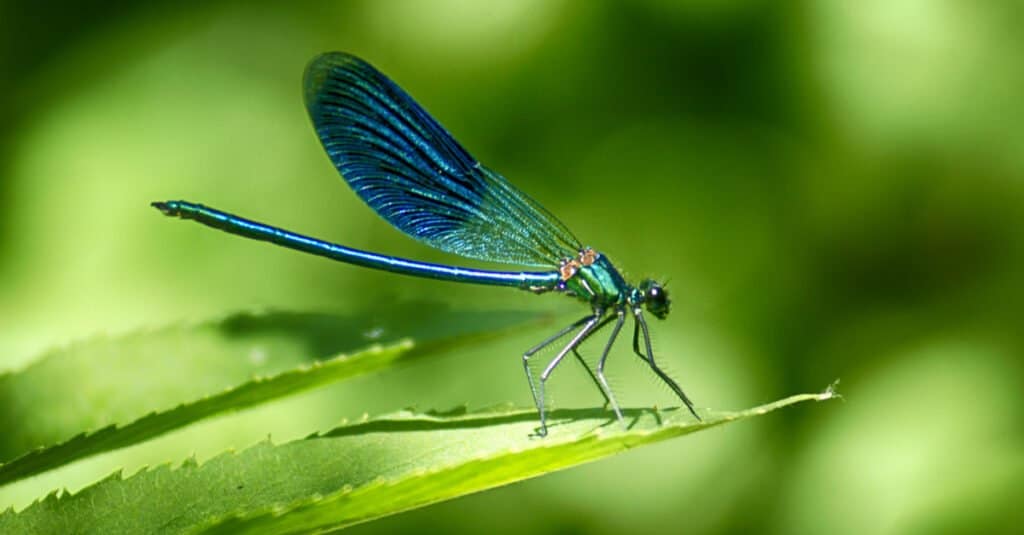
Ancient dragonflies were massive creatures, having a two-foot wingspan and weighing a pound.
©Costea Andrea M/Shutterstock.com
Finally, we come to our last living fossil in North America: dragonflies. Dragonflies are expert fliers, having evolved to chase other insects’ midair to feast on their protein. Typically, dragonflies live between seven to 56 days. They live near slow-moving freshwater sources with no fish like streams and ponds, hunting assorted insects as their primary diet.
Fossil records indicate dragonflies mostly shrank in the 275 million years since the Permian Era. The thrill of having living fossils in our backyard is more exotic sounding than it seems. Many of these animals are small and unimpressive with the more exotic animals living in places away from humans. Still, next time one of these animals crosses your path, take a moment to remember they reached their evolutionary peak, while you are still evolving.
The photo featured at the top of this post is © bennyartist/iStock via Getty Images
Thank you for reading! Have some feedback for us? Contact the AZ Animals editorial team.






